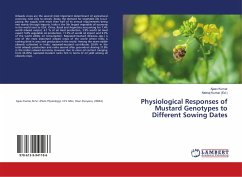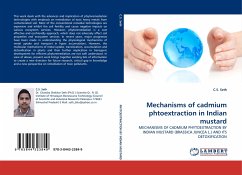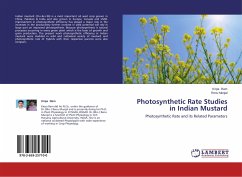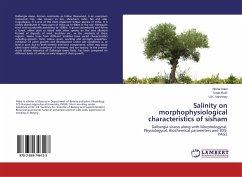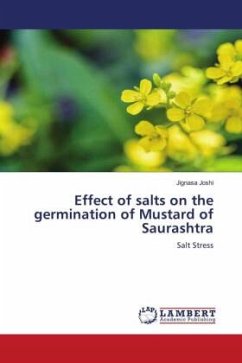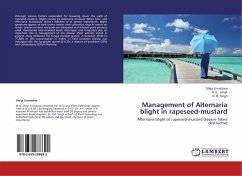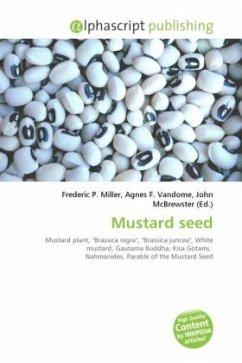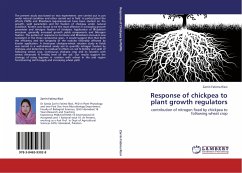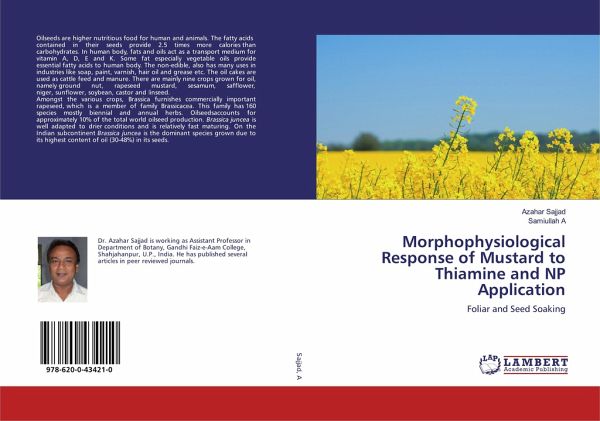
Morphophysiological Response of Mustard to Thiamine and NP Application
Foliar and Seed Soaking
Versandkostenfrei!
Versandfertig in 1-2 Wochen
54,99 €
inkl. MwSt.

PAYBACK Punkte
27 °P sammeln!
Oilseeds are higher nutritious food for human and animals. The fatty acidscontained in their seeds provide 2.5 times more calories than carbohydrates. In human body, fats and oils act as a transport medium for vitamin A, D, E and K. Some fat especially vegetable oils provide essential fatty acids to human body. The non-edible, also has many uses in industries like soap, paint, varnish, hair oil and grease etc. The oil cakes are used as cattle feed and manure. There are mainly nine crops grown for oil, namely ground nut, rapeseed mustard, sesamum, safflower, niger, sunflower, soybean, castor an...
Oilseeds are higher nutritious food for human and animals. The fatty acidscontained in their seeds provide 2.5 times more calories than carbohydrates. In human body, fats and oils act as a transport medium for vitamin A, D, E and K. Some fat especially vegetable oils provide essential fatty acids to human body. The non-edible, also has many uses in industries like soap, paint, varnish, hair oil and grease etc. The oil cakes are used as cattle feed and manure. There are mainly nine crops grown for oil, namely ground nut, rapeseed mustard, sesamum, safflower, niger, sunflower, soybean, castor and linseed.Amongst the various crops, Brassica furnishes commercially important rapeseed, which is a member of family Brassicacea. This family has 160 species mostly biennial and annual herbs. Oilseedsaccounts for approximately 10% of the total world oilseed production. Brassica juncea is well adapted to drier conditions and is relatively fast maturing. On the Indian subcontinent Brassica juncea is the dominant species grown due to its highest content of oil (30-48%) in its seeds.



